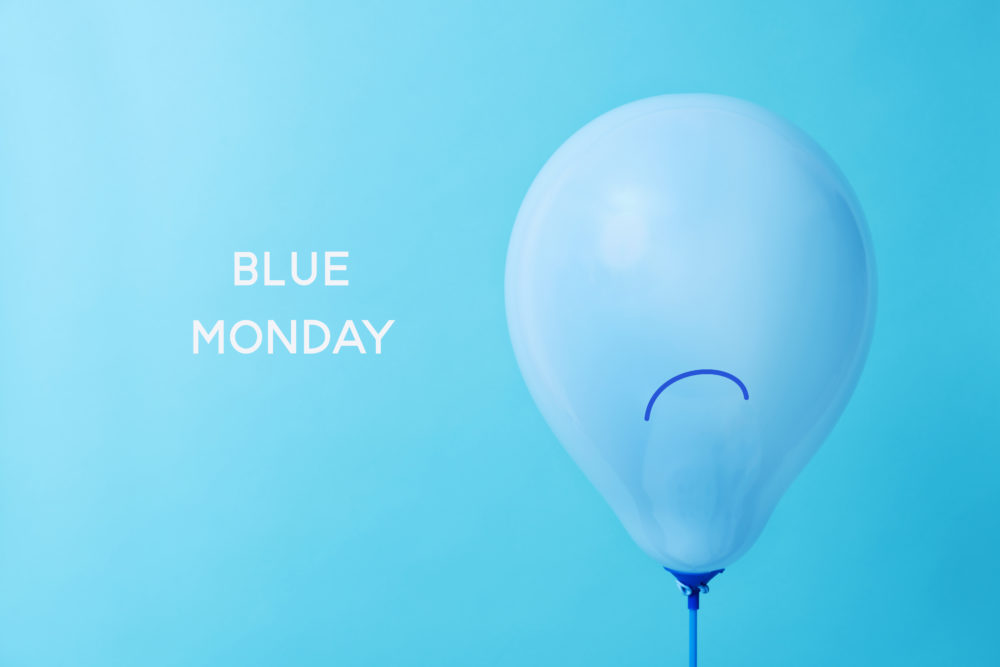Failure is never at the forefront of your mind when you’re starting a business. This is how it should be for anyone with an entrepreneurial spirit – after all, why would you set out to miss your target?
What you’re doing is new, different and totally relevant, and you believe you’re destined to make a profit. If you dwell on failure, why would you ever take the leap of faith required to start up on your own?
Sometimes, failure is unavoidable. But it needs to be put into perspective: there’s a difference between small failures and complete failures, and knowing how to work through failure can actually help you learn and grow as a business.
After all, learning what doesn’t work brings you one step closer to figuring out what does.
I’m a firm believer that you can’t innovate without failing – it’s incredibly rare to be that overnight success who gets everything right the first time around.
You just need to be smart about it – take what you’ve learnt and apply it to your business quickly to get back to the path of success.
Failure isn’t a definitive process either. It’s just a crossroad on your way to success, and one that all businesspeople reach at some point in their careers (however unexpected it might be).
Have a good business idea
My company Geonomics reached one of these points early on in our journey, and it was the direction that we took which set us up to succeed. Like many start-ups, we had a fantastic idea, secured investment, assembled a brilliant team and built a product we were confident in.
However, going to market will always throw up unexpected issues when the end user is no longer a loyal and invested employee.
When we eventually did launch, we took a hard look at our product and the player feedback we received.
We might not have known it at the time, but this was our make-or-break moment. Our reaction to the prospect of failure mattered far more than this single setback.
Learning from what happened and applying that learning to the next iteration of our product made all the difference – and our optimism proved well placed.
One of the most common business errors is the failure to keep the end user of your product or service at the heart of all you do.
Until you’ve got something that has product-market fit (that is, you have a product that the market wants) and adds value to users’ lives, you haven’t really got a viable business.
It’s not just new businesses that struggle to maintain this focus: it’s just as, if not more, common in established businesses which have become a little too comfortable and lost sight of their great initial concept.
Take a step back and ask yourself some difficult questions: who is our end user, and what are their needs? How do we add value to their lives and keep them wanting more?
At our business, we realised we had spent a lot of time engineering a product that was good, but didn’t give players the perfect gaming experience that we envisaged.
When you’re investing in a business – financially, emotionally and mentally – it takes a lot of guts to act upon that realisation.
Your next steps after making this discovery are the most crucial. Because unless you rethink your business approach, which for us was placing the end-user back at the centre of our business, you risk turning a small blip into a wider problem.
We adopted a lean methodology (based on Eric Ries’ book ‘The Lean Startup’) to ensure we are building the right things for our target audience.
It promotes iterative product development, which is the process of constantly refining a product after its launch instead of aiming for perfection the first time round.
Accept that the first version of your product to get to market will have a lot of elements that aren’t quite right or need to be improved, and be willing to respond and refine until you’re successful.
WD-40 is a great example of iterative product development. Its inventor, Dr Norm Larsen, was trying to create a water displacement spray to prevent corrosion in nuclear missiles.
He took a scientific approach to product creation, looking at it as an experiment and being prepared to adjust and refine until he had a successful product which had many more applications than he had originally intended.
And why is it called WD-40? Because versions WD-1–39 all had failings. He might not have realised it, but Dr Larsen was using lean methodology to develop his product.
His story is an inspirational one for start-ups like Geonomics, showing that achieving a great end product comes from learning quickly and applying that learning in practice as you continue to develop.
You need to accept that you won’t get it perfect the first time around (or maybe even the time after that).
As you fail you learn about your product and (with lean processes) your market’s needs. By being astute enough to quickly recognise and put into action your findings you step that little bit closer to success.
As business people, we not only need to rethink our reaction to failure, but the definition of failure itself. It’s not a bad thing to fail; in fact, it can positively impact your business in ways you would have never imagined when starting out.
It’s time businesses stopped stigmatising failure and start recognising it as a vital learning curve.
See also: The importance of embracing experiments as a founder – Matthew Cushen explores why it’s important for entrepreneurs to experiment their proposition with their target markets





